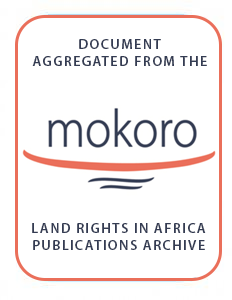Myanmar - Flood and Landslide Emergency Recovery Project : indigenous peoples plan : Environmental and social management framework (English)
Abstract: "The objective of the Flood and Landslide Emergency Recovery Project for Myanmar is to support recovery in priority disaster-affected areas and, in the event of another eligible crisis or emergency, to provide immediate and effective response to said eligible crisis or emergency. Some of the negative impacts and mitigation measures include: for all projects that are proposed for Bank financing and affect Indigenous Peoples, the Bank requires the borrower to engage in a process of free, prior, and informed consultation.




